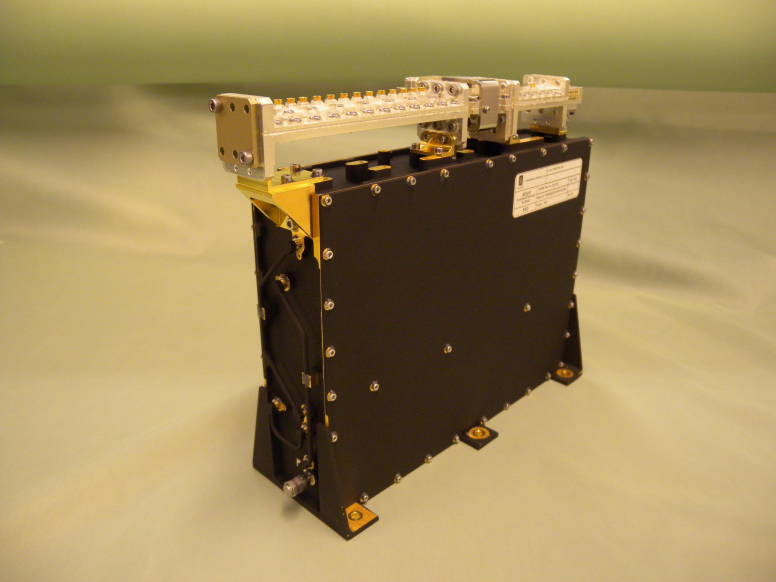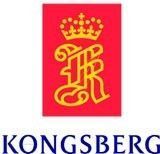-
StatusCompleted
-
Status date2018-10-18
-
Activity Code4G.014
Evolution in the commercial GEO satellite market includes electric orbit raising frequency coordination, late program frequency allocation, interference counter-measures, satellite co- and re-location, which all imply challenges to the on-board TT&C subsystems.
To address these challenges, Kongsberg Norspace has developed a new command receiver product line featuring in-orbit programming ability of the reception frequency, also referred to as frequency agility.
This ESA ARTES Atlas contract was set up and implemented with the goal to launch the Agile Command Receiver on the SES-10 satellite as a first flight opportunity.
The SES-10 satellite was successfully launched in 2017
The main challenges in the project are filtering and interferer immunity.
Due to high level of interfering input signals (up to +20 dBm) and low RF input signal (down to -112 dBm), filtering requirements are stringent. All mixing products that falls in-band needs to be suppressed before the mixer stage. One of the main driving products from the mixer is the 2xLO-2xSpur product. Another critical product is the image band. Other products are also present and will depend on the input interferer level and the positioning of the receiver frequency.
The new command receiver product line is based on the super heterodyne principle for reception at C-, Ku- and Ka-band. The architecture is modular, which enables easy adaption to different satellite platforms and frequency bands. This includes new customer electrical interfaces and connectors without changing qualification status.
The Kongsberg Norspace Command Receiver adds improved functionality and performance on TT&C subsystem
- Meeting more prime requirements
- 750 MHz In Orbit Selectable Bandwidth
- C-, Ku- and Ka-band included
- Improved interference immunity
- Reduced lead time using standard crystal oscillator frequency on-stock
Extensive filtering is used through the RF and IF chain.
The input filter is a waveguide band pass cavity filter designed to remove far out-of-band interfering signals. This prevents the LNA’s and the RF mixer from being saturated and interfering signals to appear in-band after the first mixer stage. The isolator ensures a good VSWR at the receiver input and provides good matching of the LNA input in the RF Hybrid. A second filter is necessary to further suppress interfering signal on the upper side of the pass band.
An IF1 cavity filter is situated after the first down conversion. A second filter in microstrip is designed to suppress the 2nd order response of the IF1 cavity filter.
The IF2 chain consists of low pass filters, band pass filters, amplifiers and automatic level control circuitry (ALC). Due to the stringent out-of-band rejection requirements, two SAW filters are needed in the IF2 signal path.
The Command Receiver is using a dual frequency conversion architecture where both IF1 and IF2 are at fixed frequencies. The frequency conversion is based on dual frequency inversion, i.e. both LO frequencies are above the mixer input frequency. This approach is beneficial with respect to generated spurious products in the mixer stage. In additional it benefits of almost overlapping LO1 VCO frequency bands for the different input bands (C, Ku and Ka).
Extensive filtering is utilized along the intermediate frequency stages. The first IF is equipped with a mechanical filter and the second IF with two cascaded SAW filters. These SAW filters performs the channel filtering before the signal is sent to the analogue to digital converter (ADC). An automatic level control (ALC) function is implemented prior to the ADC to achieve constant power of the signal fed into the ADC.
The local oscillator assembly is based on a fractional synthesizer from Peregrine. The serial interface is used for frequency programming.
Milestones:
PFM Test readiness review (TRR) Q3 2015
PFM Acceptance Review (AR) Q2 2016
Commissioning Results Review Q3 2017
Final Review Q3 2018
The Agile Command Receiver was delivered end 2015 and the SES-10 satellite was successfully launched in 2017.
Both IOT testing and one year in orbit testing wer successful.
The project is now completed.




